Cats are known for their love of basking in the sun, but during the warm weather months, it's crucial to ensure they don't overheat. As a pet owner, understanding how to keep your feline friends safe and comfortable when the temperature rises is essential. This article will guide you through recognizing the signs of heat exhaustion and heat stroke in cats, and provide tips on how to help your cat stay cool.
Key Takeaways:
- Learn to recognize the common signs of a cat overheating, such as panting, lethargy, and pale gums.
- Discover practical ways to keep your cat cool, including providing cool drinking water and creating cool areas in your home.
- Understand when to seek veterinary help if your cat shows symptoms of heat distress.
Recognizing the Signs of Heat Distress in Cats
Cats regulate their body temperature differently than humans. Unlike dogs, cats don't pant as frequently, so it might be harder to tell when they're too hot. One of the first signs your cat might be experiencing heatstroke is a change in behavior.
If your cat seems unusually tired, is panting, or is moving sluggishly during hot days, these could be indicators of excess heat. Additionally, a cat's temperature should normally be between 100.5°F and 102.5°F. If you have a pet thermometer, you can check your cat's temperature to see if it's elevated.
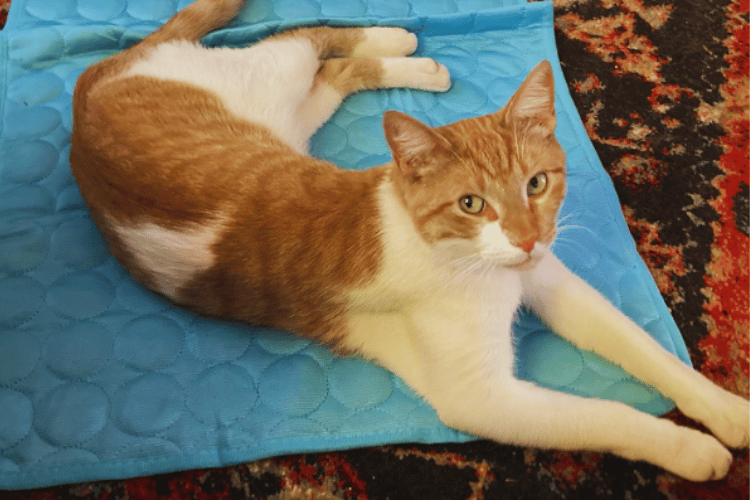
Another sign to watch for is the color of your cat's gums. Pale gums or, conversely, gums that are dark red can be a sign of heat distress. Also, check their foot pads, which might feel hot to the touch. If your cat is lying down on cool surfaces or seeking shaded or well-ventilated areas more than usual, it could be trying to cool down.
Ensuring Access to Cool Drinking Water
One of the simplest yet most effective ways to prevent your cat from overheating is to provide constant access to fresh water. During extremely hot weather, make sure to refresh the water bowl with cool water regularly.
Adding a few ice cubes can help keep the water cool longer and may also encourage your cat to drink more. However, avoid giving your cat ice cold water, as this can be a shock to their system.
For outdoor cats, ensure there are multiple shaded areas with water bowls available. This allows them to move around and stay cool throughout the day. If there's a power outage or air conditioning is not available, place additional water bowls around the house to encourage hydration.
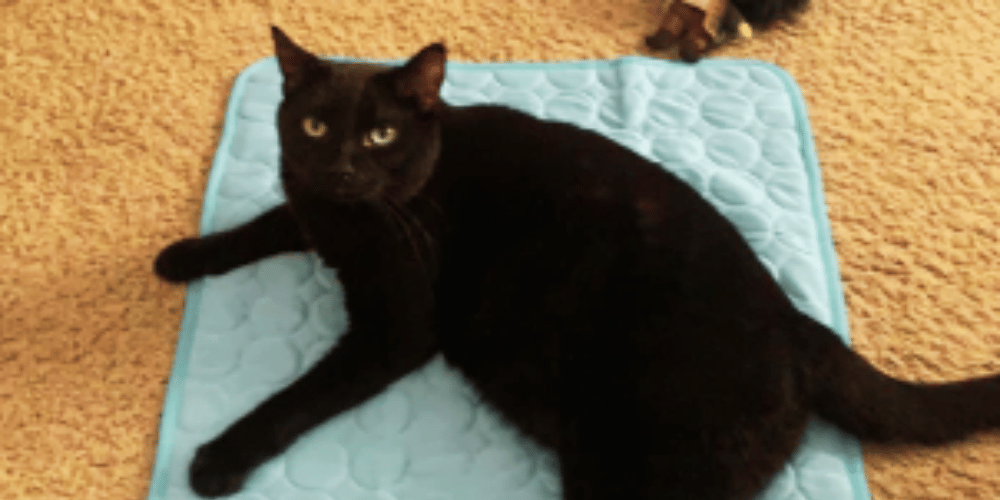
Cooling Solutions for Cool Cats
Cats are notorious for finding the coolest spots in the house during a warm day, but sometimes they need a little help from their human companions to stay cool. Providing a well-ventilated area is crucial for ensuring your cat cools down effectively.
Ceiling fans, open windows, or even a gentle breeze from a safe-standing fan can make a significant difference. It's perfectly normal for cats to seek out a cool tile floor or a shady spot, so make sure these areas are accessible to them.
Another innovative way to help your cool cats beat the heat is to use cooling mats or pads designed specifically for pets. These products often contain a gel that helps to lower your cat's temperature when they lie on it. You can also create a DIY version by wrapping ice packs in towels. However, always supervise your cat to ensure they are comfortable and safe from any potential hazards like chewing on the cooling pad material.
The Role of Grooming and Breed in Feline Heat Regulation
Grooming plays a vital role in how a cat cools itself. Regular brushing can help remove excess fur, which is especially helpful for long-haired breeds that are more prone to overheating. By keeping your cat well-groomed, you're not only preventing matting and knots but also improving air circulation through their coat, which can aid in regulating their normal body temperature on a warm day.
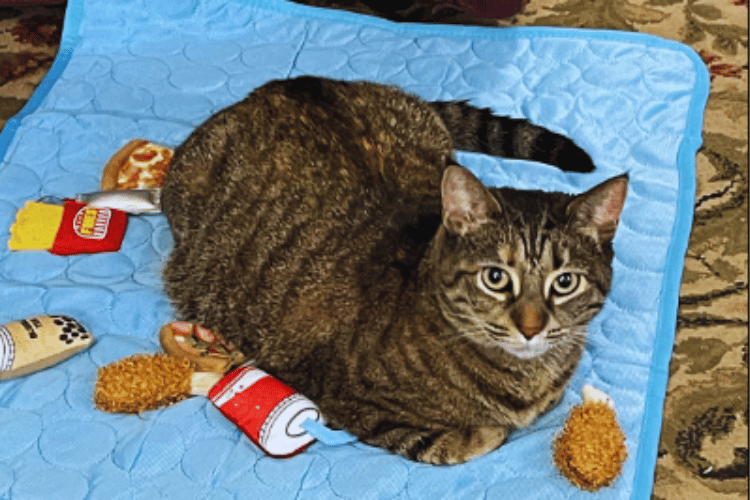
Breed-specific considerations are also important when it comes to heat regulation in cats. Short-nosed breeds, such as Persians, may have a harder time cooling down due to their facial structure.
These breeds can develop heatstroke more quickly than others because their shorter nasal passages make it more challenging to pant effectively, which is one of the ways a cat cools down. Being aware of these other factors and providing a cool, well-ventilated environment for these breeds is essential for their well-being during hot weather.
Creating a Cool Environment
Cats seek out cool areas naturally, so make sure there are plenty of options available. During the hottest hours of the day, keep curtains closed to block out direct sunlight and maintain a cooler indoor environment. If you have air conditioning, an air conditioned room can be a safe retreat for your pet. On humid days, a well-ventilated room with a fan can also help reduce your cat's stress level and keep them comfortable.
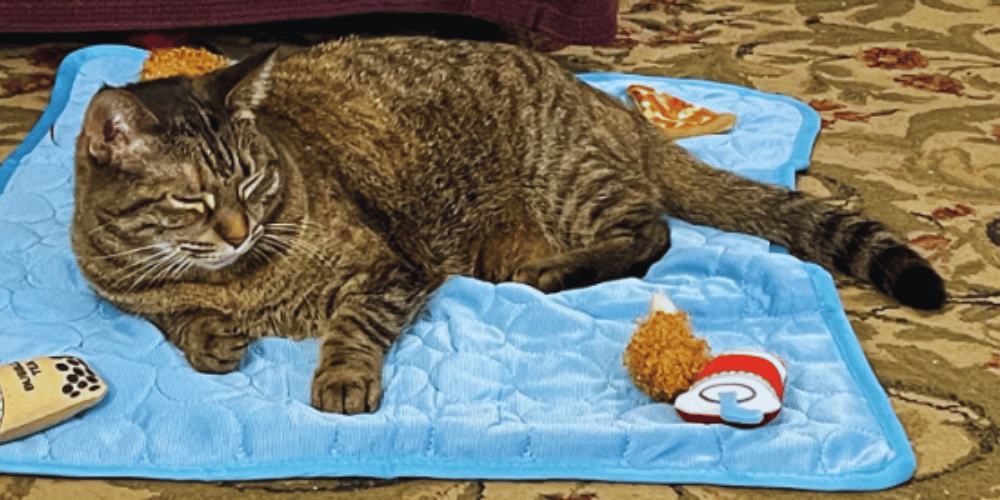
You can also create cool spots by dampening a towel with cool water and placing it in an area where your cat likes to rest. Most cats will appreciate lying on the damp towel to reduce their body temperature. Additionally, placing wet towels in the freezer for a short period and then laying them out can provide an extra level of cooling.
Monitoring Your Cat's Behavior
Pay close attention to your cat's behavior during warm weather. If your cat is more vocal than usual, hiding, or seems to be in distress, these could be signs of overheating. Cats that are short-nosed, have thick fur, or are overweight are particularly susceptible to heat exhaustion. It's also important to note that senior cats and kittens may struggle more with high temperatures.
If your cat is playing or exercising, make sure it's during the cooler parts of the day. Encourage rest during the warmest periods, and always provide a shady spot for your cat to retreat to if they are outdoors.
When to Seek Veterinary Help
If you suspect your cat is developing heatstroke, it's crucial to act quickly. Symptoms such as vomiting, drooling, or staggering are serious and require immediate veterinary attention. Heatstroke is a serious condition that can lead to organ failure and even death if not treated promptly.
Move your cat to a cool area immediately and offer cool water, but do not force it to drink. You can also use wet towels to gradually lower your cat's body temperature. Avoid using very cold water, as this can cause shock. Once you've taken these initial steps, contact your veterinarian right away.
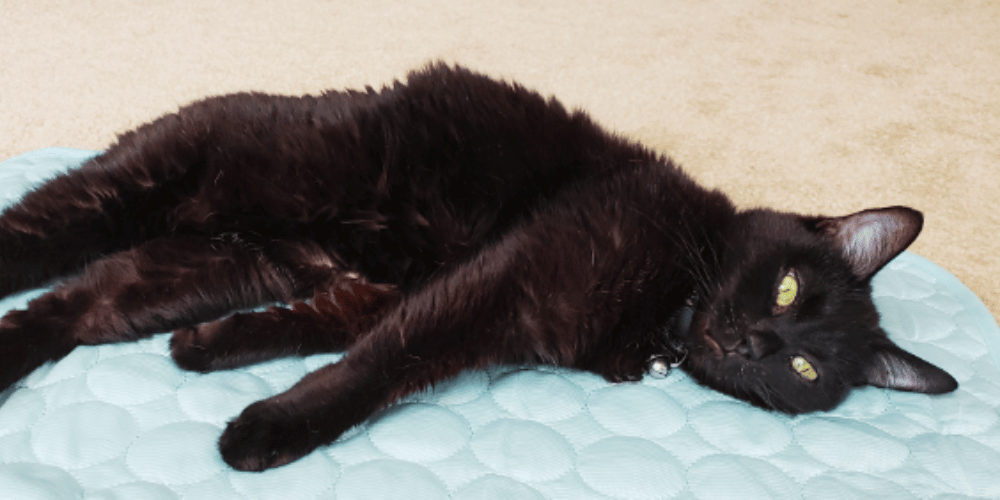
Summary
Keeping your cat cool during the summer months is vital for their health and well-being. By recognizing the signs of heat distress, such as panting, lethargy, and changes in gum color, and taking steps to provide cool drinking water and shaded areas, you can help prevent heat-related issues. Always monitor your cat's behavior and be prepared to seek veterinary help if you notice any symptoms of heatstroke.
FAQ Section
How often should I change my cat's water during hot weather?
It's best to provide fresh, cool water at least twice a day during extremely hot weather. If the temperature is particularly high, consider refreshing the water more frequently.
Can I leave my cat in a parked car during warm weather?
No, never leave your cat in a parked car, even for a short time. The temperature inside a car can rise quickly to dangerous levels, even with the windows cracked open.
Are certain breeds of cats more prone to overheating?
Yes, short-nosed breeds, such as Persians, and cats with thick fur are more susceptible to heat exhaustion. Overweight cats and those with pre-existing health conditions are also at higher risk.
Thank you for visiting LegitLists we hope this helps you make a legitimate choice!






